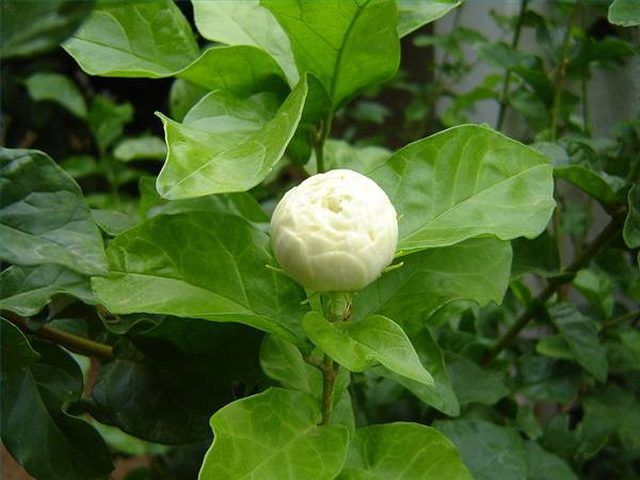Bulbs
Flower Basics
Flower Beds & Specialty Gardens
Flower Garden
Garden Furniture
Garden Gnomes
Garden Seeds
Garden Sheds
Garden Statues
Garden Tools & Supplies
Gardening Basics
Green & Organic
Groundcovers & Vines
Growing Annuals
Growing Basil
Growing Beans
Growing Berries
Growing Blueberries
Growing Cactus
Growing Corn
Growing Cotton
Growing Edibles
Growing Flowers
Growing Garlic
Growing Grapes
Growing Grass
Growing Herbs
Growing Jasmine
Growing Mint
Growing Mushrooms
Orchids
Growing Peanuts
Growing Perennials
Growing Plants
Growing Rosemary
Growing Roses
Growing Strawberries
Growing Sunflowers
Growing Thyme
Growing Tomatoes
Growing Tulips
Growing Vegetables
Herb Basics
Herb Garden
Indoor Growing
Landscaping Basics
Landscaping Patios
Landscaping Plants
Landscaping Shrubs
Landscaping Trees
Landscaping Walks & Pathways
Lawn Basics
Lawn Maintenance
Lawn Mowers
Lawn Ornaments
Lawn Planting
Lawn Tools
Outdoor Growing
Overall Landscape Planning
Pests, Weeds & Problems
Plant Basics
Rock Garden
Rose Garden
Shrubs
Soil
Specialty Gardens
Trees
Vegetable Garden
Yard Maintenance
How to Grow Jasmine Indoors
How to Grow Jasmine Indoors. Jasmine, a member of the olive family, is a vine that originated in the tropical regions of Asia. The word jasmine comes from the Arabic word "yasmin", meaning "gift from God". Jasmine is widely grown for its soothing smell and attractive flowers. Jasmine is primarily grown outdoors, but you can grow jasmine indoors...

Jasmine, a member of the olive family, is a vine that originated in the tropical regions of Asia. The word jasmine comes from the Arabic word "yasmin", meaning "gift from God". Jasmine is widely grown for its soothing smell and attractive flowers. Jasmine is primarily grown outdoors, but you can grow jasmine indoors with proper maintenance and a little extra care.
Things You'll Need
Medium-sized planter
Potting soil
Lattice
Saw
10-20-10 fertilizer
Pot the jasmine in a medium-sized planter and fill with potting soil. Cut a section of wooden lattice using a saw. Ensure it is small enough to fit into the planter. Place the lattice so the jasmine vines can crawl up and through it.
Water jasmine whenever the soil dries completely. This applies to all seasons. Check the soil with your finger daily. If it's not moist to the touch, water accordingly.
Fertilize jasmine every two weeks using a 10-20-10 fertilizer. This means the fertilizer has 10% nitrogen, 20% phosphorous and 10% potassium. The high phosphorous content encourages the growth of jasmine flowers.
Place the jasmine in direct sunlight for at least four hours per day. During the summer months, the jasmine should be left in sunlight from sunrise to sunset. Indoor jasmine should also be kept at a temperature of 70 to 80 degrees F at all times.
Re-pot and prune the jasmine after it has flowered. Fertilize once a week for the first month after flowering. Keep the jasmine in full sunlight during daylight hours after flowering as well, even if it's not summer.
Tips & Warnings
Do extra research on the specific species of jasmine that you own. Some require different temperatures and fertilizing patterns.